Water Conservation Initiatives
Water conservation initiatives are increasingly influencing the artificial turf market. With ongoing drought conditions in several regions of the US, the need for water-efficient landscaping solutions has become paramount. Artificial turf offers a sustainable alternative to natural grass, requiring minimal water for maintenance. This shift towards water conservation is supported by various state and local regulations promoting the use of drought-resistant landscaping. The artificial turf market is likely to see a surge in demand as homeowners and businesses seek to reduce their water usage. Reports indicate that the adoption of artificial turf can lead to water savings of up to 70%, making it an attractive option for environmentally conscious consumers. As awareness of water scarcity grows, the market for artificial turf is expected to expand.
Growing Demand for Sports Facilities
The increasing demand for sports facilities in the US is a primary driver for the artificial turf market. As communities invest in recreational spaces, the need for durable and low-maintenance surfaces becomes evident. Artificial turf provides a solution that meets the requirements of various sports, including soccer, football, and baseball. According to industry reports, the market for artificial turf in sports facilities is projected to grow at a CAGR of approximately 10% over the next five years. This growth is fueled by the rising popularity of sports and the necessity for year-round playability, which natural grass cannot always provide. Consequently, the artificial turf market is poised to benefit significantly from this trend, as municipalities and private organizations seek to enhance their sports infrastructure.
Increased Urbanization and Land Scarcity
Increased urbanization and land scarcity are significant factors driving the artificial turf market. As urban areas expand, the availability of natural grass spaces diminishes, leading to a growing reliance on artificial alternatives. Urban planners and developers are increasingly incorporating artificial turf into their designs to maximize usable space while providing green areas for recreation. The artificial turf market is likely to benefit from this trend, as cities look for innovative solutions to enhance urban landscapes. Furthermore, the demand for artificial turf in residential applications is also on the rise, as homeowners seek to create low-maintenance outdoor spaces. This shift towards artificial solutions is expected to contribute to the overall growth of the market.
Advancements in Manufacturing Technologies
Advancements in manufacturing technologies are playing a crucial role in shaping the artificial turf market. Innovations in materials and production processes have led to the development of more realistic and durable turf options. These advancements not only enhance the aesthetic appeal of artificial grass but also improve its performance characteristics, such as UV resistance and drainage capabilities. The artificial turf market is witnessing a shift towards higher-quality products that can withstand heavy usage while maintaining their appearance. As manufacturers continue to invest in research and development, the market is likely to see an influx of new products that cater to diverse consumer preferences. This trend is expected to drive growth, as consumers increasingly seek out high-performance artificial turf solutions.
Rising Awareness of Health and Safety Standards
Rising awareness of health and safety standards is influencing the artificial turf market. As concerns about allergens and pesticides associated with natural grass grow, consumers are increasingly turning to artificial turf as a safer alternative. The artificial turf market is responding to this trend by ensuring that products meet stringent safety regulations and are free from harmful chemicals. Additionally, the use of artificial turf in playgrounds and sports fields is gaining traction due to its ability to provide a consistent playing surface that reduces the risk of injuries. This heightened focus on safety is likely to drive demand for artificial turf, as schools, municipalities, and sports organizations prioritize the health and well-being of their users.


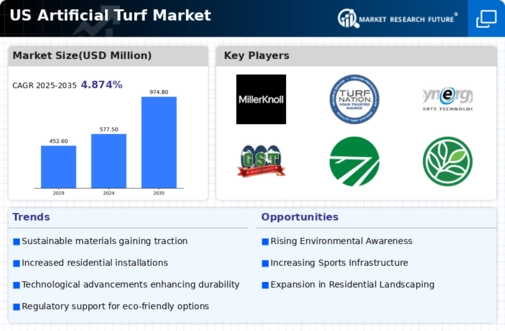
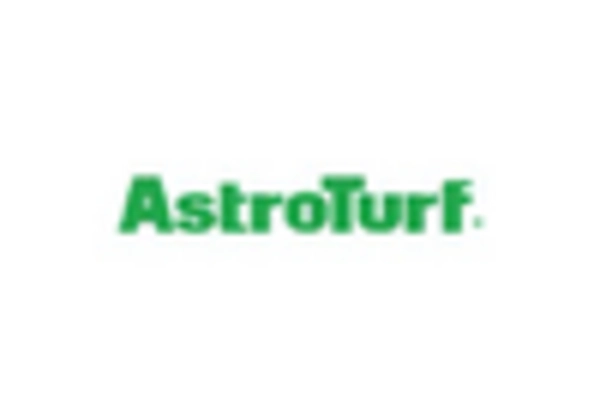
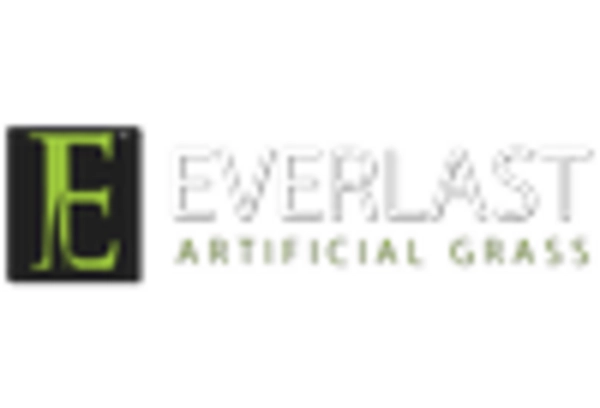
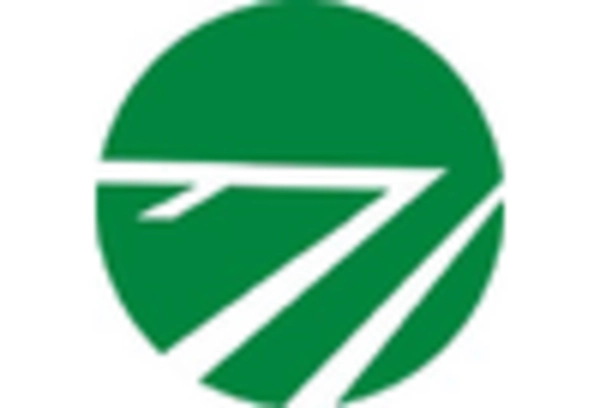
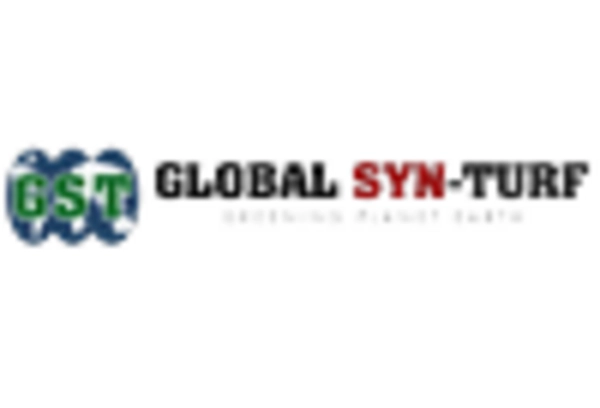
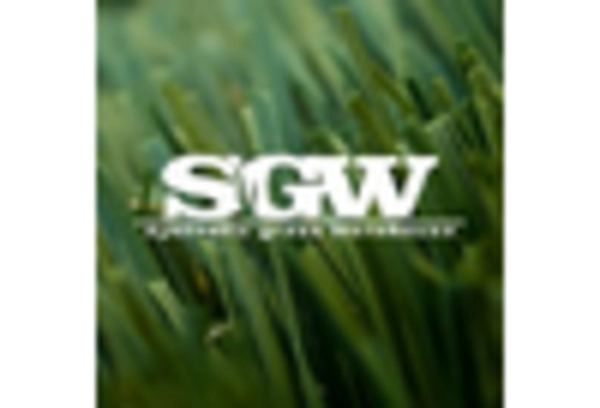
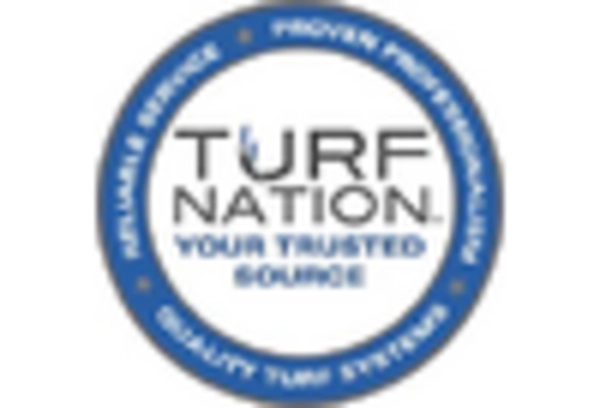








Leave a Comment